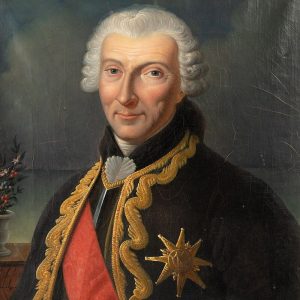The Origin of Coffee in Yemen
In the mystical Arab Muslim world, coffee was more than just a beverage; it was a well-guarded secret. As the rest of the world began to awaken to the allure of coffee, Yemen held tightly to its treasure, allowing only roasted beans to leave its shores through the bustling port of Mocha. Yemen was the sole guardian of these precious coffee plants, and strict laws, enforced with the threat of death, protected this exclusivity.
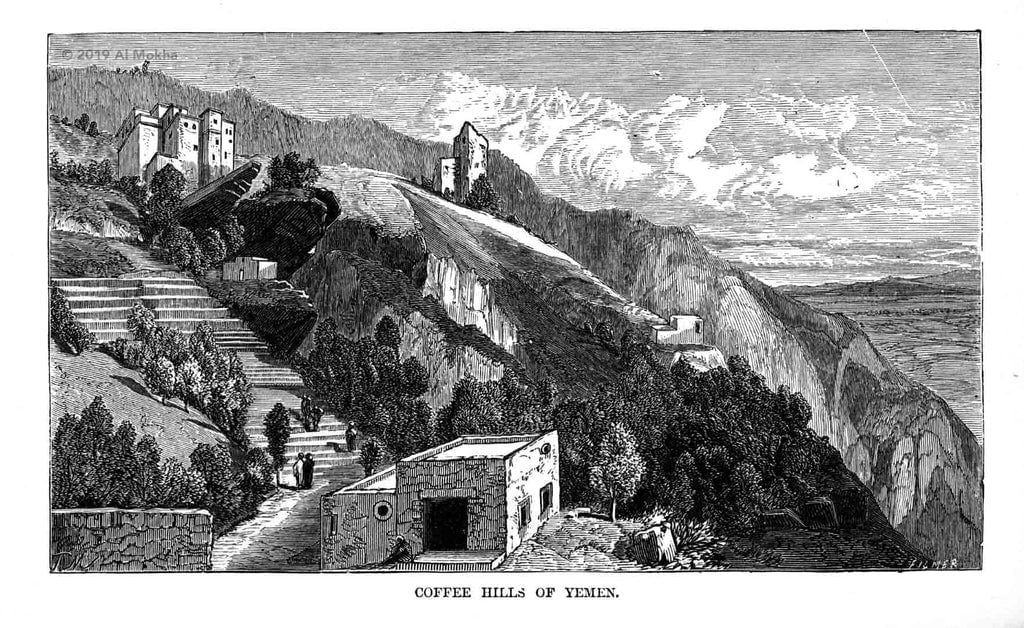
The Story of Baba Budan and the Seven Seeds
But then, something changed. Ever wondered who dared to defy these formidable barriers and spread the magic of coffee beyond Yemen’s borders? Allow me to take you on an enchanting journey through the tale of Baba Budan and the Seven Seeds.

Discovering Qahwa at the Port of Mocha
Our story takes us back to the 17th century to a devout Sufi cleric named Baba Budan from India. Picture him: a wise man with a flowing white beard and a heart full of devotion. One year, Baba Budan embarked on a sacred journey – the Hajj, a pilgrimage to Mecca, one of the five pillars of Islam. After fulfilling this spiritual obligation, he made his way back home and decided to pass through the port city of Mocha in Yemen.
In the bustling port, Baba Budan stumbled upon the most remarkable treasure: liquid gold, known locally as “qahwa” – coffee. The rich aroma wafted through the air, energizing weary pilgrims and bringing them back to life. This magical drink kept them alert, their prayers lively, and their conversations animated.
Embed from Getty Images
The Idea to Grow Coffee in India
Baba Budan was spellbound by qahwa. The idea of bringing this wondrous plant to his homeland began to sprout in his mind. He had grown up near the lush Chandragiri hills of India and knew that the fertile land could be the perfect home for coffee plants. But how? The Yemeni guards were vigilant, and smuggling coffee beans out of the country was punishable by death.
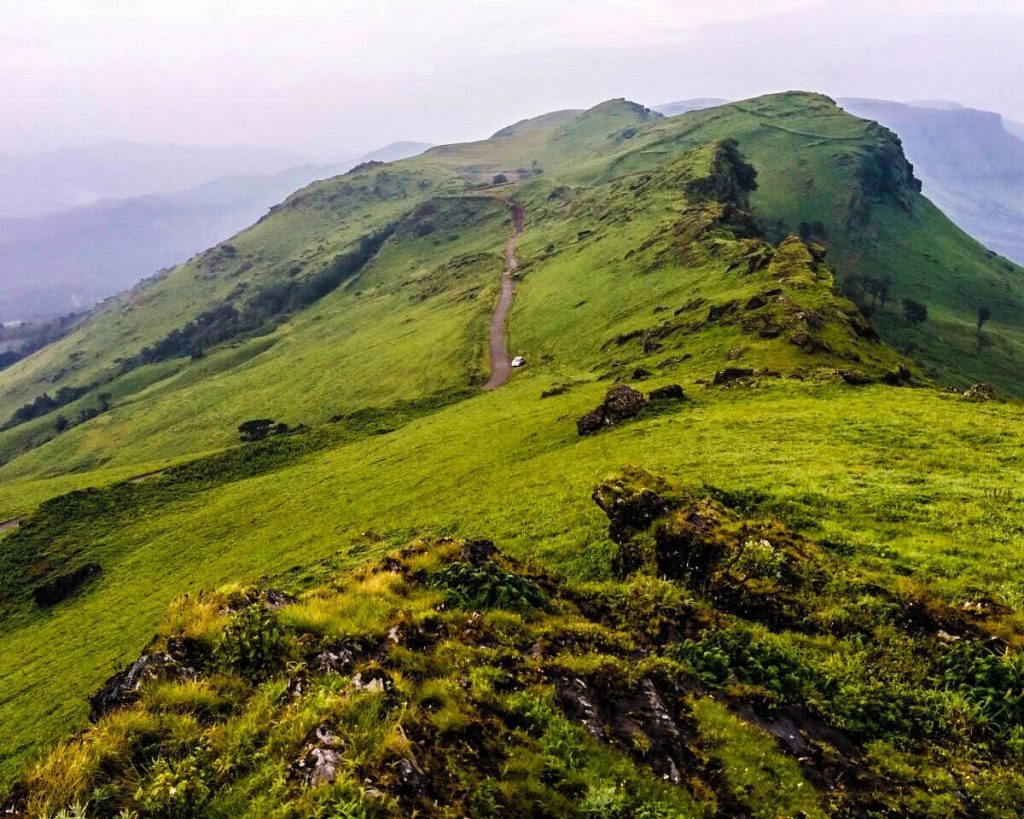
A Bold and Sacred Plan
Determined and wise, Baba Budan crafted a daring plan. He selected seven ripe coffee beans – not randomly, but because the number seven holds sacred significance in Islam. With these precious seeds in hand, he devised a clever hiding place: his thick, luxurious white beard.
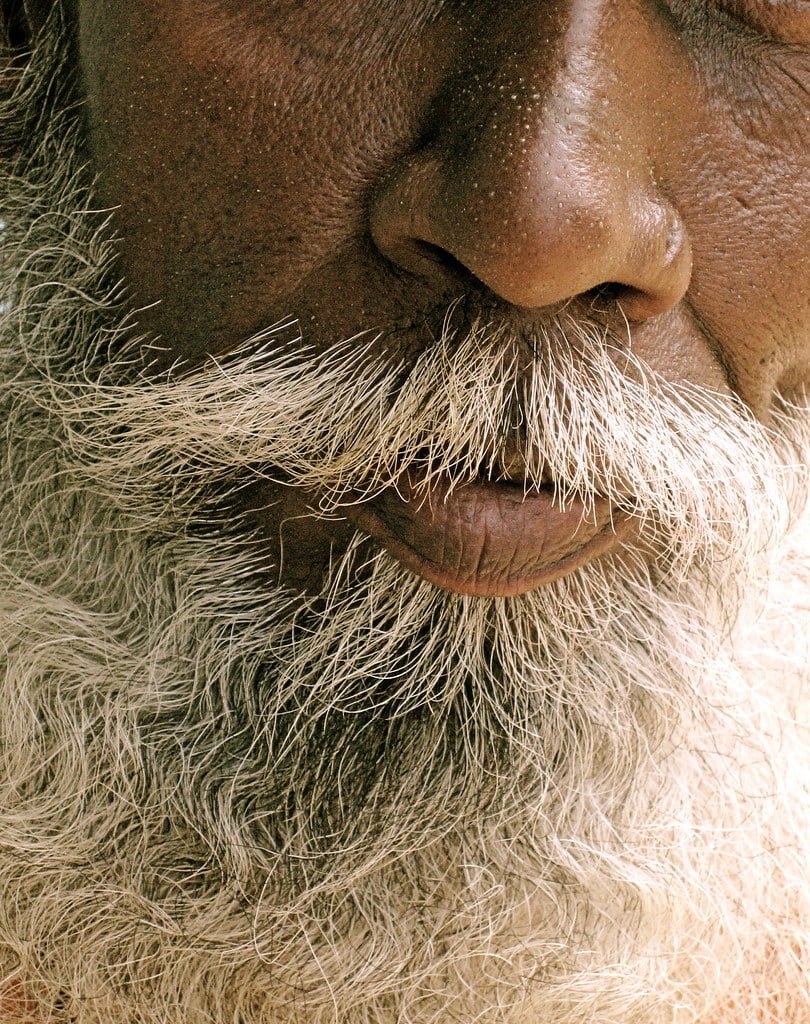
Baba Budan’s Success and Fame
Thus equipped, Baba Budan embarked on his journey back to India. Through treacherous deserts and perilous seas, he carried the hope of starting a new chapter for coffee. At last, he arrived in his beloved homeland, the Chandragiri hills, and planted the seven magic beans.
To his great delight, the Chandragiri hills proved to be the perfect cradle for the coffee plants. They flourished, spreading their roots deep into the Indian soil, and soon covered the hills with lush coffee bushes. Baba Budan’s dream had come true, and he became a legend. In his honor, Chandragiri was renamed Bababudangiri. A cave shrine still stands there to commemorate his daring journey.

Suspicions about Baba Budan’s Journey from Yemen to India
There is some speculation that Baba Budan may have used a sea route to travel from the port of Mocha in Yemen to India with his precious coffee seeds. Journeying by land in the 17th century was fraught with challenges and dangers, not only being time-consuming but also posing significant risks to the coffee seeds he carried.
Although there is no definitive historical evidence to confirm Baba Budan use of a sea route, a significant historical document suggests the possibility.
On August 14, 1722, Captain Worth sailed from the port of Mocha with a cargo of coffee he had acquired for the East India Company (EIC), heading towards the Malabar Coast of India, taking advantage of the seasonal monsoon winds blowing in that direction. The Townsend anchored in Calicut in September 1722, merely a month after departure, highlighting the clear time advantage of sea travel during favorable wind conditions.
This information suggests that Baba Budan may have opted for the sea route, leveraging the monsoon winds to reach India in a much shorter time frame, thus safeguarding the valuable coffee seeds from potential deterioration during a prolonged and hazardous overland journey.
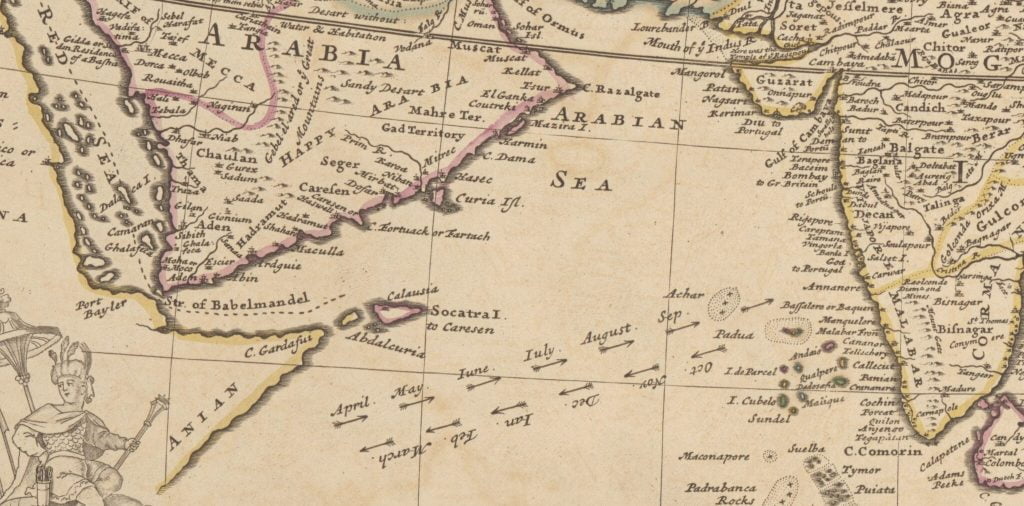
Coffee Spreads Worldwide
Around this time, the Dutch East India Company (VOC) was making waves across the globe with their trading and colonizing efforts. Founded in 1602, the VOC was one of the trading companies with the most power and influence of its time. They set up an extensive system of trading paths and settlements., which allowed them to control the spice trade and other valuable commodities.
Recognizing the tremendous potential of coffee, the Dutch began cultivating it in their colonies. In 1696, the first coffee plants were introduced to Java, an island in Indonesia, by the VOC.
Its tropical climate and rich volcanic soil have made Java perfect for growing coffee. By the early 18th century, Java had become a major coffee-producing region, and the term “Java” became synonymous with coffee.
The success of coffee cultivation in Java encouraged the Dutch to expand their efforts to other colonies. They introduced coffee plants to Ceylon (now Sri Lanka), Suriname, and later to the Caribbean islands, including Jamaica. The famous Blue Mountain coffee of Jamaica owes its origins to the Dutch.
The VOC played a vital part in the global spread of coffee cultivation, which was crucial in establishing coffee as a worldwide commodity. Their extensive trade network ensured that coffee reached Europe and other parts of the world, where it quickly gained popularity.
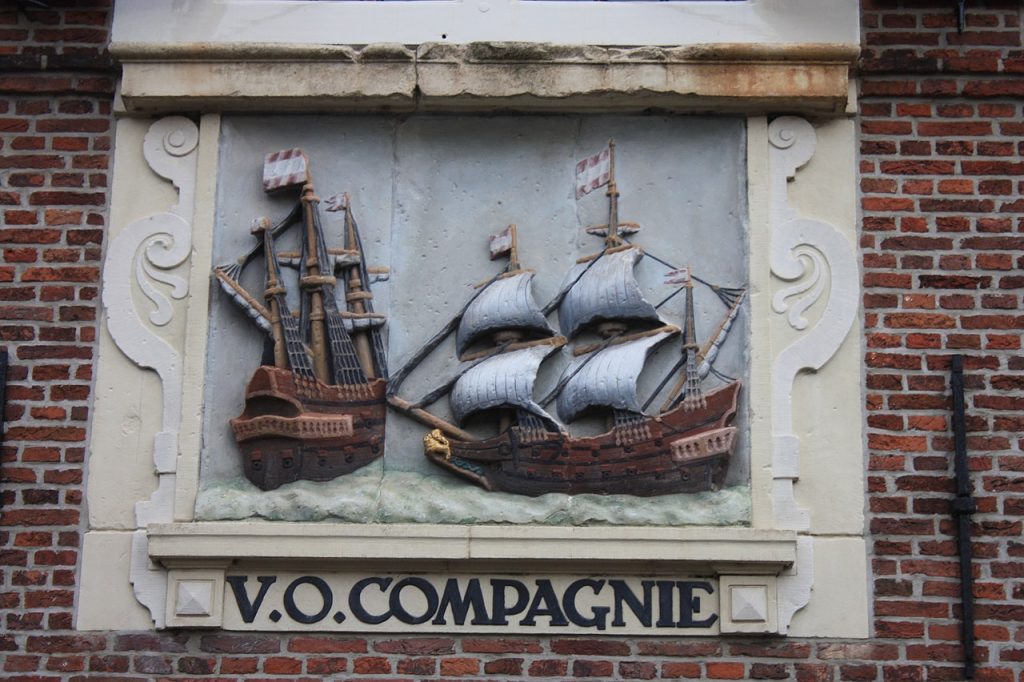
Conclusion
The world owes a cup of gratitude to a wise Sufi cleric with a bold heart and a luxuriant beard, who dared to defy the odds and share the magic of coffee with the world. Baba Budan’s journey not only transformed coffee cultivation in India but also paved the way for coffee to become a global phenomenon, enriching countless lives with its invigorating essence.
The Dutch East India Company’s strategic efforts further ensured that coffee spread to far-off lands, making it the beloved beverage we cherish today.





